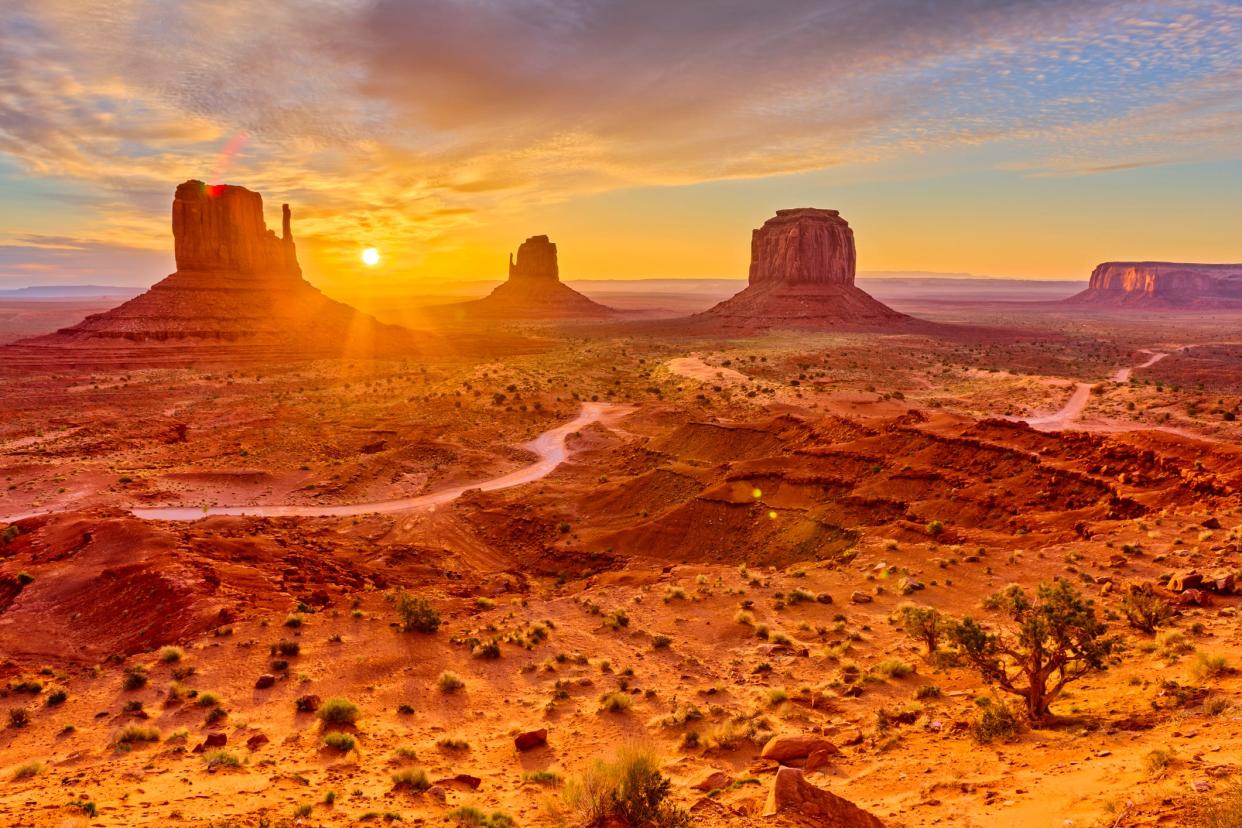This state doesn't adjust its clocks to observe daylight saving time. Here's why.

PHOENIX – As every other U.S. state springs forward with the start of daylight saving time in March 2023, Hawaii and most of Arizona will remain havens where residents don't have to change the clocks on every appliance, vehicle and electronic device they own.
Arizona – with the exception of the Navajo Nation, which spans Arizona, Utah and New Mexico – has not observed DST for the last 50 years, after decades of going on and off daylight-saving measures implemented during wars. According to the Pima County Public Library, "Arizona ... went on Daylight Saving Time on April 30, 1967, for the first time since World War II. Daylight Saving Time was rejected by the Arizona legislature in 1968."
Here's what you need to know about daylight saving time in 2023, including what it does – and doesn't – mean for Arizonans.
Daylight saving time 2023: Everything you need to know about the time change in March.
Daylight saving time is here: But why does it exist in the first place?
When does daylight saving time 2023 start?
At 2 a.m. Sunday, March 12, 2023, most of the U.S. will move forward one hour to 3 a.m. Most of Arizona, as well as Hawaii, will remain as they were.
When does daylight saving time 2023 end?
Daylight saving time ends at 2 a.m. on the first Sunday of November each year. Clocks will fall back one hour to 1 a.m.
In 2023, that is Sunday, Nov. 5.
Why does Arizona not observe daylight saving time?
The Uniform Time Act of 1966 – which allows states to choose whether to remain on standard time or change their clocks twice a year – has been in effect in the U.S. since 1967. Arizona tried going back to daylight saving time that year, but state legislators soon decided to opt out, and the state reverted to standard time beginning in 1968.
For one thing, Arizonans just don't need an extra hour of daylight during our summer months.
"Arizona participated in daylight saving time in 1967, but energy consumption soared," Arizona State University history professor Calvin Schermerhorn told ASU News in 2018. "In most of the country, an extra hour of daylight supposedly saved fuel used to heat and light buildings. But in most of the state, the scheme worked in reverse: air conditioners had to run longer.
The Navajo Nation has opted to continue observing DST, which ensures that everyone on the reservation that spans three states is in the same time zone.
Weather updates: Blizzard warning hits Minnesota, South Dakota; snow accumulations could reach 25 inches
What happened to making daylight saving time permanent?
There have been several attempts at making daylight saving time permanent at the federal level in recent years.
The most recent bill, the Sunshine Protection Act of 2021, was stalled in Congress until it died when the legislative session ended in January. Though the U.S. Senate passed it in a unanimous vote in March 2022, it had been held in the U.S. House of Representatives since then.
The bill would need to be reintroduced during the 118th Congress for any action to be taken.
The summary of the proposed legislation read: "This bill makes daylight saving time the new, permanent standard time, effective November 5, 2023. States with areas exempt from daylight saving time may choose the standard time for those areas."
Reach the reporter at [email protected]. Follow her on Twitter @kimirobin and Instagram @ReporterKiMi.
This article originally appeared on Arizona Republic: What U.S. states do not observe daylight saving time, adjust clocks?